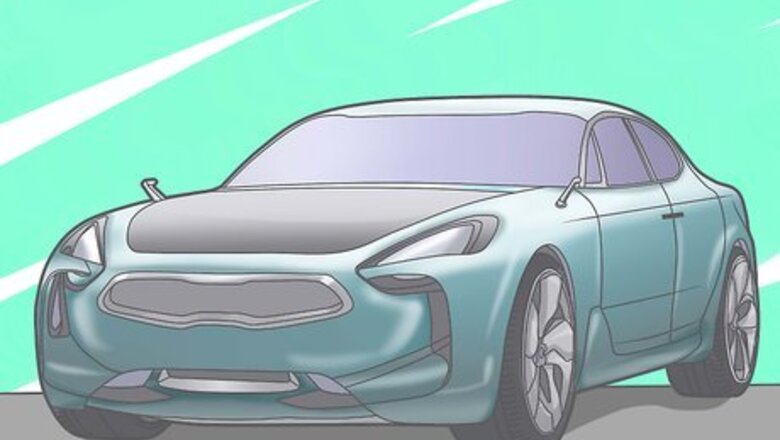
views

Park the car on a level surface. This isn't for the sake of the CV boots or joints, but for your own safety.
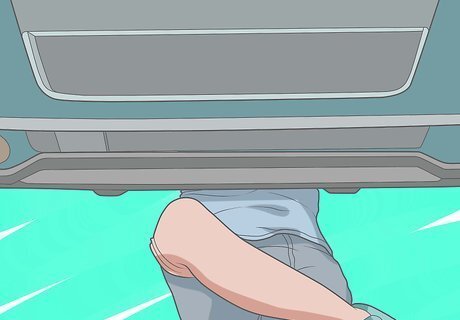
Slide under the front of the car as far as possible. To make getting under the car easier, lie on a car creeper, a wooden or plastic board on casters.
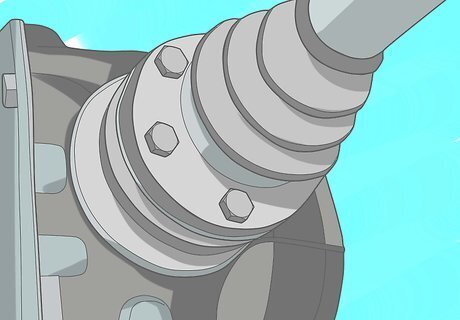
Locate the drive axles. These shafts connect the wheels to the car's transmission.

Look for the plastic or rubber boots at each end of each axle. These are the constant velocity boots, or CV boots. There are four in all.
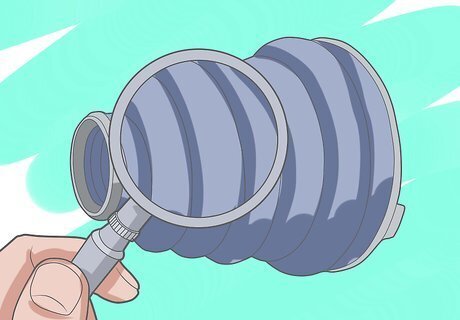
Inspect the CV boots for signs of wear or damage. Cracks, rips, tears, splits or punctures all will permit the packing grease to leak out, while also letting dirt and moisture in. Also look for loose or missing clamps.
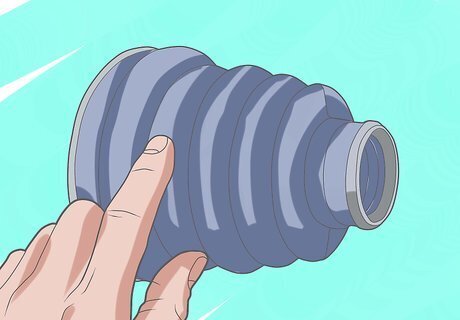
Feel the boots for leaking grease. If you detect grease, rub it between your fingers. If the grease feels gritty, it has been contaminated with dirt, and so has the CV joint. The joint itself needs to be inspected, cleaned and repacked with fresh grease; this is usually best handled by a mechanic.












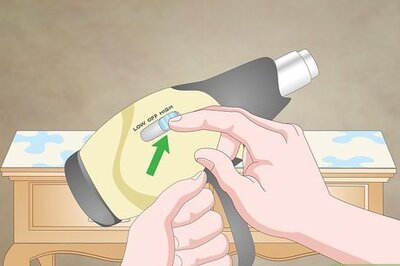

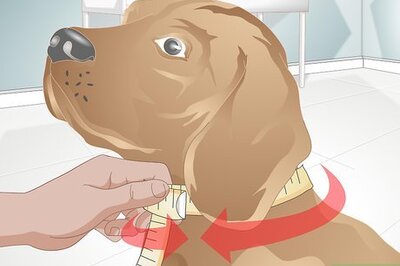




Comments
0 comment